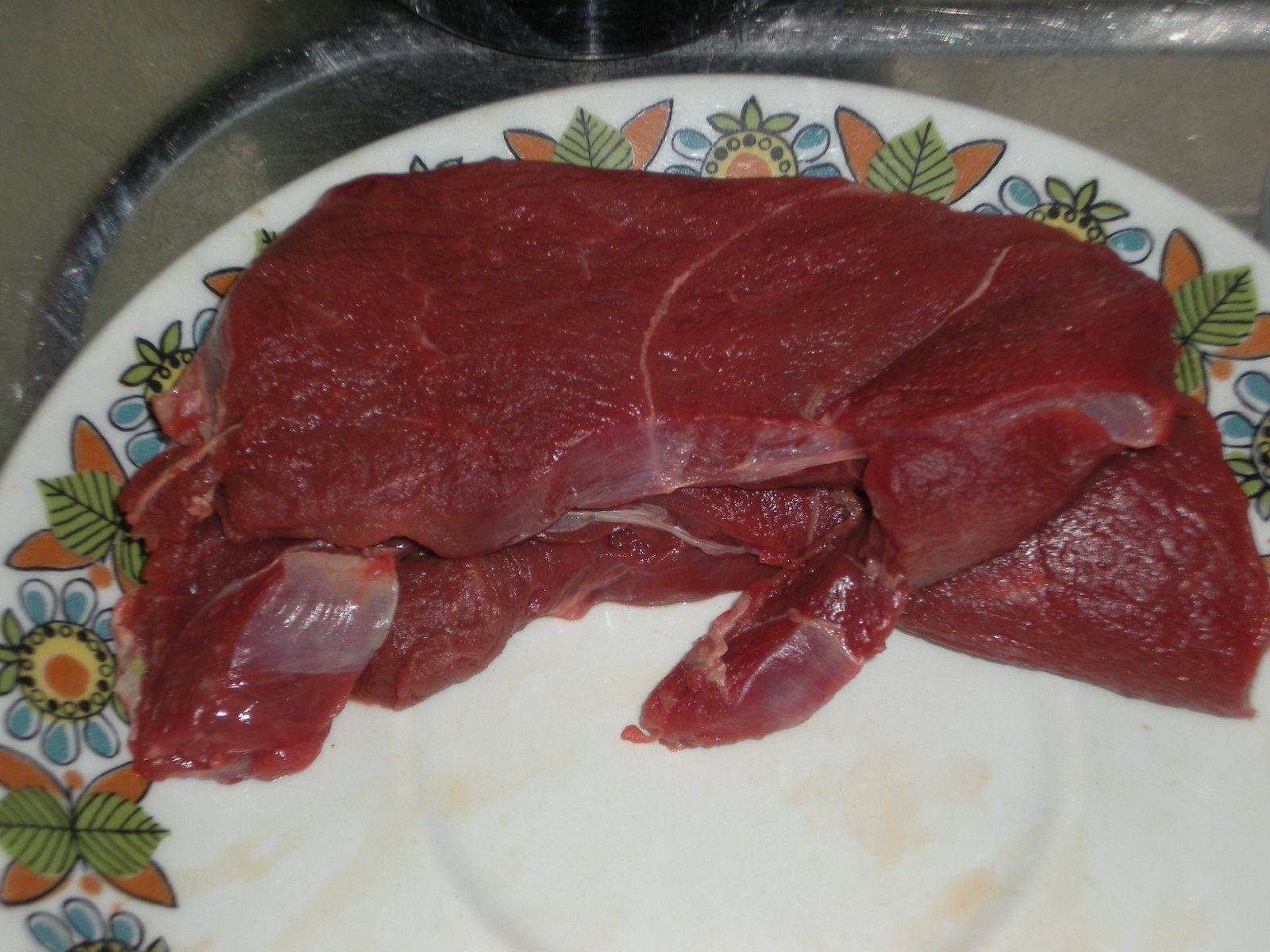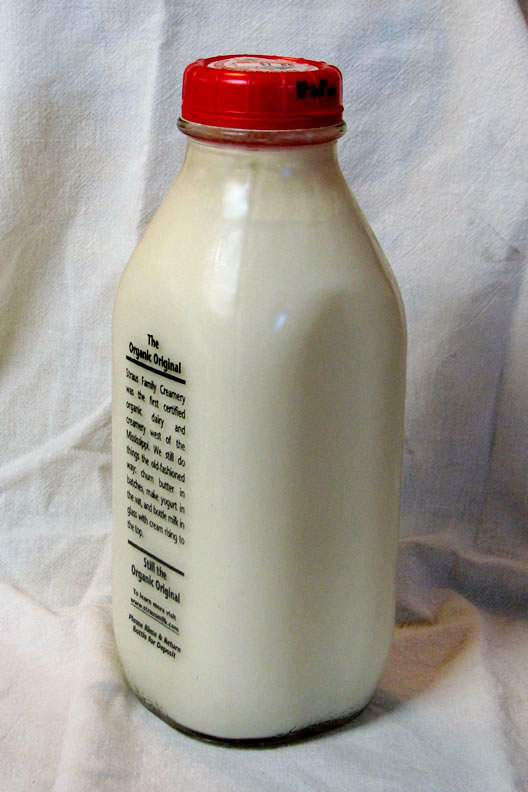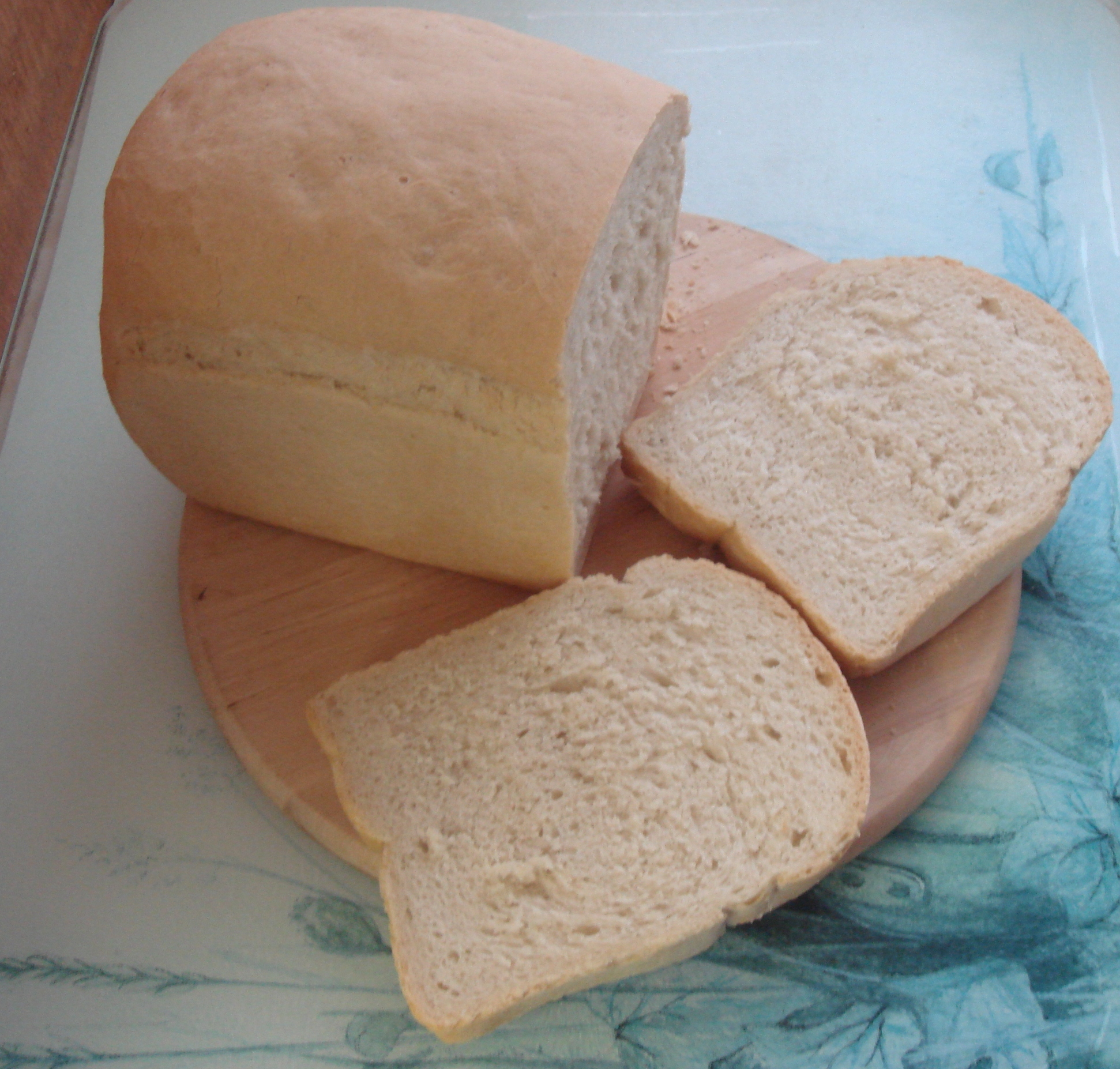|
A History Of English Food
''A History of English Food'' is a history of English cuisine from the Middle Ages to the end of the twentieth century written by the celebrity cook Clarissa Dickson Wright. Each era is treated in turn with a chapter. The text combines history, recipes, and anecdotes, and is illustrated with 32 pages of colour plates. The book was marked as a future classic by ''The Independent''; it was welcomed by critics from ''The Telegraph'' and ''The Spectator'', but disliked by the critic in ''The Guardian''. Book Approach The book is divided into 15 chapters, forming a strict chronological sequence of periods such as "the Georgian age". The chapters freely combine outlines of the historical context, descriptions of recipes, stories about significant figures, and personal anecdotes. For example, "The Medieval Larder" has an extensive section on the "medieval pig" (page 22ff), leading into a description of Dickson Wright's own childhood memories of helping to kill her father's pigs and mak ... [...More Info...] [...Related Items...] OR: [Wikipedia] [Google] [Baidu] |
Clarissa Dickson Wright
Clarissa Theresa Philomena Aileen Mary Josephine Agnes Elsie Trilby Louise Esmerelda Dickson Wright (24 June 1947 – 15 March 2014) was an English celebrity cook, television personality, writer, businesswoman, and former barrister. She was best known as one of the ''Two Fat Ladies'', with Jennifer Paterson, in the television cooking programme. She was an accredited cricket umpire and one of only two women to become a Guild Butcher. Early life Dickson Wright was born in St John's Wood, London, the youngest of four children. Her father, Arthur Dickson Wright, was a surgeon to the Royal Family who had served with the Colonial Service at Singapore, and her mother, Aileen Mary (Molly) Bath,'' Who's Who 2012'' was from "a well known and respected Singapore family".Annals of the Royal College of Surgeons of England, vol. 58, issue 4, July 1976, p. 333, "Arthur Dickson Wright, MS FRCS" She said her father was an alcoholic who subjected his wife and children to verbal and physical ab ... [...More Info...] [...Related Items...] OR: [Wikipedia] [Google] [Baidu] |
Venison
Venison originally meant the meat of a game animal but now refers primarily to the meat of antlered ungulates such as elk or deer (or antelope in South Africa). Venison can be used to refer to any part of the animal, so long as it is edible, including the internal organs. Venison, much like beef or pork, is categorized into specific cuts, including roast, sirloin, and ribs. Etymology The word derives from the Latin ''venari'', meaning "to hunt or pursue". This term entered the English language through Norman French ''venaison'' in the 11th century, following the Norman conquest of England and the establishment of Royal Forests. Definition ''Venison'' originally described meat of any game animal killed by hunting and was applied to any animal from the families ''Cervidae'' (true deer), ''Leporidae'' (rabbits and hares), ''Suidae'' (wild boar) and certain species of the genus ''Capra'' (goats and ibex). In southern Africa, the word ''venison'' refers to the meat of antelope, a ... [...More Info...] [...Related Items...] OR: [Wikipedia] [Google] [Baidu] |
Richard Lumley, 1st Earl Of Scarbrough
Richard Lumley, 1st Earl of Scarbrough (1650 – 17 December 1721), was an English soldier and statesman best known for his role in the Glorious Revolution. Origins Lumley was the son of John Lumley and Mary Compton, and the grandson of Richard Lumley, 1st Viscount Lumley, and Frances Shelley. The Lumleys were an ancient family from the north of England. Richard became the 2nd Viscount Lumley (in the Irish peerage) on his grandfather's death in 1661/1662, his father having died in 1658. He was brought up as a Roman Catholic and was taken on the Grand Tour by Catholic priest, Richard Lassels, but had turned Protestant by the time of his introduction into the House of Lords on 19 May 1685.Edward Chaney, ''The Grand Tour and the Great Rebellion'' (Geneva-Turin, 1985). Early career Lumley attended the Duke of York on his way to Scotland in November 1679 and was a volunteer in the abortive expedition to Tangier in 1680. In the latter year, he was appointed Master of the Horse to C ... [...More Info...] [...Related Items...] OR: [Wikipedia] [Google] [Baidu] |
Stuart Era
The Stuart period of British history lasted from 1603 to 1714 during the dynasty of the House of Stuart. The period ended with the death of Queen Anne and the accession of King George I from the German House of Hanover. The period was plagued by internal and religious strife, and a large-scale civil war which resulted in the execution of King Charles I in 1649. The Interregnum, largely under the control of Oliver Cromwell, is included here for continuity, even though the Stuarts were in exile. The Cromwell regime collapsed and Charles II had very wide support for his taking of the throne in 1660. His brother James II was overthrown in 1689 in the Glorious Revolution. He was replaced by his Protestant daughter Mary II and her Dutch husband William III. Mary's sister Anne was the last of the line. For the next half century James II and his son James Francis Edward Stuart and grandson Charles Edward Stuart claimed that they were the true Stuart kings, but they were in exile ... [...More Info...] [...Related Items...] OR: [Wikipedia] [Google] [Baidu] |
Pastry
Pastry is baked food made with a dough of flour, water and shortening (solid fats, including butter or lard) that may be savoury or sweetened. Sweetened pastries are often described as '' bakers' confectionery''. The word "pastries" suggests many kinds of baked products made from ingredients such as flour, sugar, milk, butter, shortening, baking powder, and eggs. Small tarts and other sweet baked products are called pastries as a synecdoche. Common pastry dishes include pies, tarts, quiches, croissants, and pasties. The French word pâtisserie is also used in English (with or without the accent) for the same foods. Originally, the French word referred to anything, such as a meat pie, made in dough (''paste'', later ''pâte'') and not typically a luxurious or sweet product. This meaning still persisted in the nineteenth century, though by then the term more often referred to the sweet and often ornate confections implied today. Pastry can also refer to the pastry dough, from w ... [...More Info...] [...Related Items...] OR: [Wikipedia] [Google] [Baidu] |
Double Cream
Cream is a dairy product composed of the higher-fat layer skimmed from the top of milk before homogenization. In un-homogenized milk, the fat, which is less dense, eventually rises to the top. In the industrial production of cream, this process is accelerated by using centrifuges called " separators". In many countries, it is sold in several grades depending on the total butterfat content. It can be dried to a powder for shipment to distant markets, and contains high levels of saturated fat. Cream skimmed from milk may be called "sweet cream" to distinguish it from cream skimmed from whey, a by-product of cheese-making. Whey cream has a lower fat content and tastes more salty, tangy and "cheesy". In many countries partially fermented cream is also sold: sour cream, crème fraîche, and so on. Both forms have many culinary uses in both sweet and savoury dishes. Cream produced by cattle (particularly Jersey cattle) grazing on natural pasture often contains some carotenoid p ... [...More Info...] [...Related Items...] OR: [Wikipedia] [Google] [Baidu] |
Elizabethan Era
The Elizabethan era is the epoch in the Tudor period of the history of England during the reign of Queen Elizabeth I (1558–1603). Historians often depict it as the golden age in English history. The symbol of Britannia (a female personification of Great Britain) was first used in 1572, and often thereafter, to mark the Elizabethan age as a renaissance that inspired national pride through classical ideals, international expansion, and naval triumph over Spain. This "golden age" represented the apogee of the English Renaissance and saw the flowering of poetry, music and literature. The era is most famous for its theatre, as William Shakespeare and many others composed plays that broke free of England's past style of theatre. It was an age of exploration and expansion abroad, while back at home, the Protestant Reformation became more acceptable to the people, most certainly after the Spanish Armada was repelled. It was also the end of the period when England was a separate r ... [...More Info...] [...Related Items...] OR: [Wikipedia] [Google] [Baidu] |
Duke Of Devonshire
Duke of Devonshire is a title in the Peerage of England held by members of the Cavendish family. This (now the senior) branch of the Cavendish family has been one of the wealthiest British aristocratic families since the 16th century and has been rivalled in political influence perhaps only by the Marquesses of Salisbury and the Earls of Derby. History Although the Cavendish family estates are centred in Derbyshire, they hold the titles of "Duke of Devonshire" and their subsidiary title of earldom of Devonshire (neither peerage is related to the ancient title of Earl of Devon). The first Earl may have chosen "Devonshire" simply because places and lands he was associated with were already attached to existing peerages at the College of Arms. The title remains associated with "Devonshire" even though in modern usage it is the county of Devon. Another reason for the choice of a non-local or regional name was to avoid antagonising the powerful Stanley family from the Midlands wh ... [...More Info...] [...Related Items...] OR: [Wikipedia] [Google] [Baidu] |
Elizabeth I Of England
Elizabeth I (7 September 153324 March 1603) was List of English monarchs, Queen of England and List of Irish monarchs, Ireland from 17 November 1558 until her death in 1603. Elizabeth was the last of the five House of Tudor monarchs and is sometimes referred to as the "Virgin Queen". Elizabeth was the daughter of Henry VIII and Anne Boleyn, his second wife, who was executed when Elizabeth was two years old. Anne's marriage to Henry was annulled, and Elizabeth was for a time declared Royal bastard, illegitimate. Her half-brother Edward VI ruled until his death in 1553, bequeathing the crown to Lady Jane Grey and ignoring the claims of his two half-sisters, the Catholic Church, Catholic Mary I of England, Mary and the younger Elizabeth, in spite of Third Succession Act, statute law to the contrary. Edward's will was set aside and Mary became queen, deposing Lady Jane Grey. During Mary's reign, Elizabeth was imprisoned for nearly a year on suspicion of supporting Protestant reb ... [...More Info...] [...Related Items...] OR: [Wikipedia] [Google] [Baidu] |
White Bread
White bread typically refers to breads made from wheat flour from which the bran and the germ layers have been removed from the whole wheatberry as part of the flour grinding or milling process, producing a light-colored flour. This milling process can give white flour a longer shelf life by removing the natural oils from the whole grain. Removing the oil allows products made with the flour, like white bread, to be stored for longer periods of time avoiding potential rancidity. The flour used in white breads is often bleached further—by the use of flour bleaching agents such as potassium bromate, azodicarbonamide, or chlorine dioxide gas to remove any slight natural yellow shade and make its baking properties more predictable. This is banned in the EU. Some chemicals are also banned from use in other countries. In the United States, consumers sometimes refer to white bread as "sandwich bread" or "sandwich loaf". It is often perceived as an unhealthy, bland, and unsophisticat ... [...More Info...] [...Related Items...] OR: [Wikipedia] [Google] [Baidu] |
Carrot
The carrot ('' Daucus carota'' subsp. ''sativus'') is a root vegetable, typically orange in color, though purple, black, red, white, and yellow cultivars exist, all of which are domesticated forms of the wild carrot, ''Daucus carota'', native to Europe and Southwestern Asia. The plant probably originated in Persia and was originally cultivated for its leaves and seeds. The most commonly eaten part of the plant is the taproot, although the stems and leaves are also eaten. The domestic carrot has been selectively bred for its enlarged, more palatable, less woody-textured taproot. The carrot is a biennial plant in the umbellifer family, Apiaceae. At first, it grows a rosette of leaves while building up the enlarged taproot. Fast-growing cultivars mature within three months (90 days) of sowing the seed, while slower-maturing cultivars need a month longer (120 days). The roots contain high quantities of alpha- and beta-carotene, and are a good source of vitamin A, vitamin K, ... [...More Info...] [...Related Items...] OR: [Wikipedia] [Google] [Baidu] |
Tudor Period
The Tudor period occurred between 1485 and 1603 in History of England, England and Wales and includes the Elizabethan period during the reign of Elizabeth I until 1603. The Tudor period coincides with the dynasty of the House of Tudor in England that began with the reign of Henry VII of England, Henry VII (b. 1457, r. 14851509). Historian John Guy (historian), John Guy (1988) argued that "England was economically healthier, more expansive, and more optimistic under the Tudors" than at any time since the Roman occupation. Population and economy Following the Black Death and the agricultural depression of the late 15th century, the population began to increase. In 1520, it was around 2.3 million. By 1600 it had doubled to 4 million. The growing population stimulated economic growth, accelerated the commercialisation of agriculture, increased the production and export of wool, encouraged trade, and promoted the growth of London. The high wages and abundance of available land seen ... [...More Info...] [...Related Items...] OR: [Wikipedia] [Google] [Baidu] |
.jpg)







